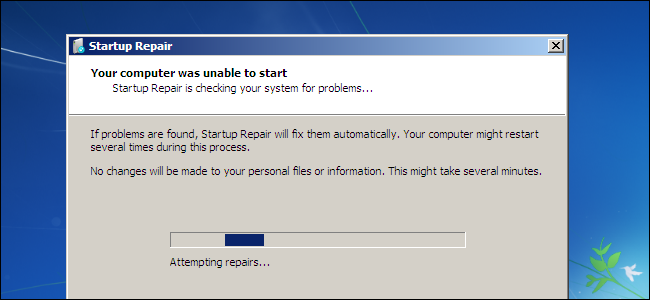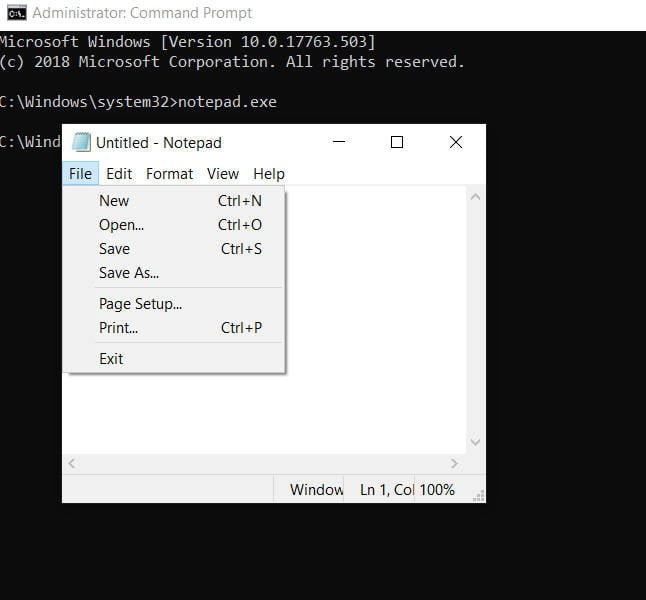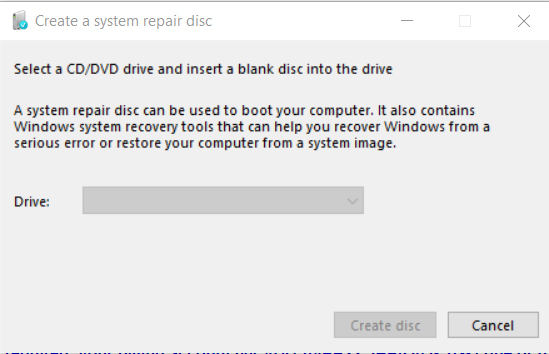
- #How to recover files in windows 10 that will not boot up how to
- #How to recover files in windows 10 that will not boot up upgrade
- #How to recover files in windows 10 that will not boot up software
- #How to recover files in windows 10 that will not boot up Pc
- #How to recover files in windows 10 that will not boot up windows 7
Once you've completed the steps, open the drive using File Explorer, locate and copy your files to your computer. (Typically, you want to use the one that's already selected.) Right-click the partition, and select the Change Drive Letter and Path option.

Usually, it's in external drive within this folder path: WindowsImageBackup\\Backup xxxx-xx-xx xxxxxx\ Browse to the path where you saved the backup.If you used the System Image backup tool built into Windows 10, you won't be able to restore files individually, but you can connect the external drive with the backup files and then use this workaround:
#How to recover files in windows 10 that will not boot up software
(If you used another tool, make sure to refer to your software vendor support site for specific instructions.) Using System Image backup But bear in mind that the steps may vary depending on the backup method you used.īelow you'll find the steps to recover your files when using the built-in system tools and OneDrive. If none of the methods outlined above have worked to get back your lost files, then you'll need to use a previous backup to recover them. Or it's been more than 10 days since you upgraded to Windows 10, in which case the system deletes these files automatically. Something may have happened during the installation and copy of the previous installation was never saved. If you don't see the Windows.old folder, you may have upgraded using the clean installation process which erases everything on your computer. Once you've completed the steps, locate your personal files (likely to be stored in the "Users" folder), and move them to another location.
#How to recover files in windows 10 that will not boot up upgrade
If you installed Windows 10 using the upgrade process, or you went through a custom installation without deleting the main partition, then the setup will save a copy of your previous installation in the Windows.old folder, which you can use to recover your missing files.
#How to recover files in windows 10 that will not boot up how to
How to recover files using Windows.old folder Under "Show/hide section," check the Hidden items options.Īfter completing the steps, try to use the search feature again to find your files. On Windows 10, you can see hidden files using these steps: Show hidden filesĭepending on your system configuration, you may not be able to see your files because they're hidden. If you're able to find your files using search, right-click one of the files and select Open file location, and then make sure to move your data to the folder you want. When upgrading to a new version of Windows 10, sometimes your personal files will move to a different folder. In addition, you can use the Kind drop-down menu to do quick searches, including for documents, pictures, videos, music, and more. For example, you can click the Advanced options drop-down menu and make sure to include non-indexed locations.

For instance, you can use the *.doc search query to list all of your Microsoft Word documents.Īlso, you can use the File Explorer Search tab options to refine your search. If you're looking for a specific type of files, you can use the asterisk (*) as a wildcard. On the top-right, use the search box to locate your files.
#How to recover files in windows 10 that will not boot up Pc
#How to recover files in windows 10 that will not boot up windows 7
If you're upgrading from Windows 7 to Windows 10, and you created a Microsoft account during the process, your files may end up in the Administrator account, which is now disabled. How to recover files using Administrator account Once you've completed the steps, the temporary account should go away, and you should now be able to access your documents, pictures, and videos from your original account.

Note: It may take a few reboots until you see your account on the sign-in screen.

Roaming options are currently unavailable," then reboot your computer. If you see a message at the top that reads: "You are logged on with a temporary profile. You can quickly check if you're using a temporary profile using these steps:


 0 kommentar(er)
0 kommentar(er)
